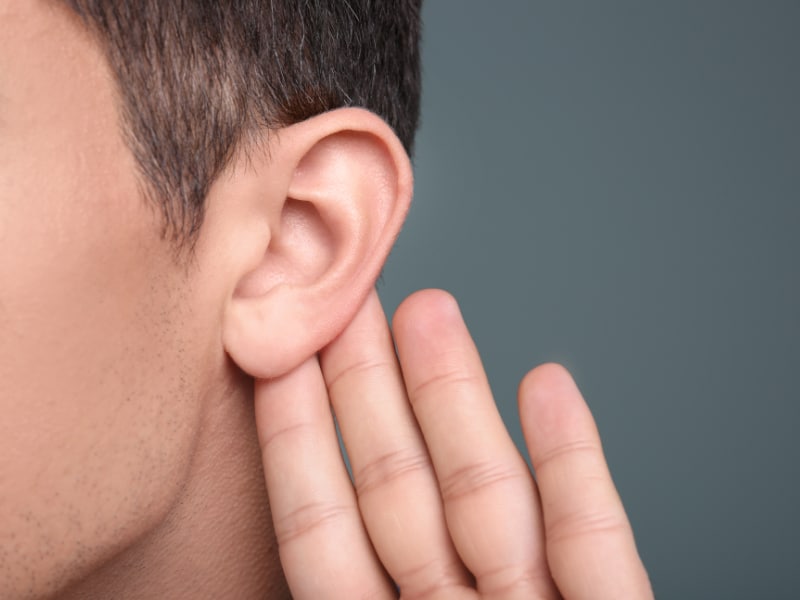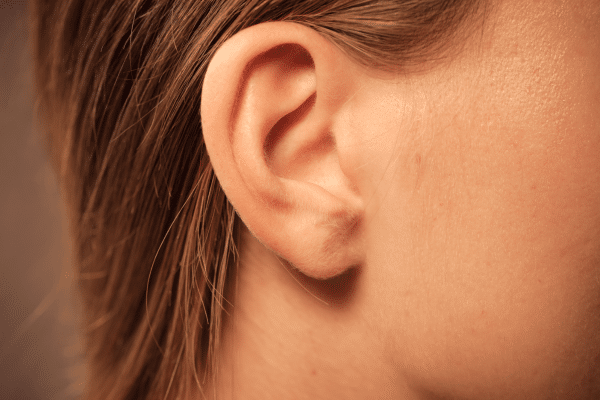
Ear surgery, also called otoplasty, can enhance the ear’s proportion, shape, or position of the ear. Defects in the ear structure at birth or that become obvious during puberty can be repaired with an otoplasty. Also, this plastic surgery procedure can treat ears that were damaged in accidents.
Ear surgery creates a more natural shape while balancing the prominent ears and face to give your face the correct proportions. Improving even slight deformities can have significant benefits for your self-esteem and appearance. If protruding ears have bothered you for years, you may want to consider otoplasty.
Below is more information about this popular plastic surgery procedure and whether you should consider an Otoplasty in Houston.
What Is Ear Pinning?
Ear pinning, a form of otoplasty, repositions the outer ear permanently, reducing protrusion and addressing imbalance or asymmetry. Ear pinning is typically done by a plastic surgeon under general anesthesia, the recovery period spans several weeks.
How Ear Pinning Is Performed
The ear cartilage in children is soft enough that splints are effective for contouring during the procedure. Usually, the surgeon uses general anesthesia. But adults have more rigid ear cartilage, so the procedure must be done by taking out or repositioning cartilage after making a small cut in the ear.
Depending on the patient’s anatomy and the changes desired, your surgeon may do an incision inside or next to the ear. Extra cartilage and soft tissue that makes the ear stick out too much can be taken out.
If the ear lacks usual folds, they can be imitated by contouring the cartilage with sutures or scraping it to contour the cartilage. Sometimes several methods are needed for ideal results.
The location of the incisions during surgery depends on the changes you want. But you can expect the incisions to be in places that are hard to see. Most likely, they will be in the back of the area where it connects to your head or in the inner folds of the ear. It is important to note that while the ears are near the neck, ear pinning is not considered neck surgery. It is important to make this distinction because there are specific neck surgeries that have nothing to do with otoplasty and it is important not to confuse them.
Considerations With Ear Pinning
Before you undergo this procedure, please consider the advantages and disadvantages:
Advantages
- The surgery can enhance the proportion and shape of the ears by helping large ears to be closer to the head.
- Otoplasty can offer you a boost of self-confidence, and it’s a low-risk procedure that can be done on anyone over the age of five.
- Results usually last for life with minimal revisions needed.
- You can undergo other procedures at the same time in some cases, such as a mommy makeover.
Disadvantages
- Young children may find it challenging to deal with recovery from surgery.
- Depending on medical history and details, ear symmetry can be a problem with some patients.
- Scarring or numbness in the ear or face can result.
Are You A Good Candidate?
If any of the following apply, you could be a good candidate for ear surgery:
- If your ears are at their maximum size, which happens at about age six. That’s why children are the best age for otoplasty.
- Set-back otoplasty, which reduces the prominence of ears that stick out, can be done on adults and children.
- You’re in good health and have a good attitude and realistic expectations. This point goes for any surgery, from eyelid surgery to liposuction.
How To Prepare For Ear Surgery
Before you have your cosmetic ear surgery, your plastic surgeon will want you to stop smoking for at least six weeks. This allows your body to heal more effectively from surgery. Also, you should not take aspirin, a variety of anti-inflammatory drugs, and herbal supplements that can cause bleeding.
It’s also essential to stay well hydrated in the weeks before your otoplasty. Plus, keep the ears clean and use plenty of sunscreen before the surgery. The better the condition the ear skin is before surgery, the better.
Also, reduce stress, eat well, and exercise to ensure you are best prepared for your ear surgery. Also, plan to be off work and away from many regular activities for one or two weeks after surgery.
After Ear Pinning Surgery

It’s advisable to have an adult with you for at least a day after ear surgery. For the first week, be sure you get plenty of rest, but you should walk around when you’re awake to keep blood moving.
To reduce pain and swelling, it helps to keep your head elevated when you lie down. Don’t rest your head on the operated ear, as this will be painful.
It is important to be very diligent in the few weeks after surgery. Your doctor will tell you when you can remove the dressings. About one week after surgery, your doctor will remove the stitches, and you should be able to return to work.
If the Otoplasty surgery and recovery go well, you can expect the results of your otoplasty to last for life.
Questions and Answers
What is the reason for ear pinning?
Otoplasty encompasses various procedures, including ear pinning, which specifically targets the outer and visible parts of the ear. This surgical intervention is designed to reconstruct missing, malformed, or damaged ears, as well as to diminish the size of overly large ears.
How long does ear pinning last?
Typically, this process induces enduring alterations in your ears. Adhering to our post-procedure guidelines should ensure that your ears retain their new look throughout your lifetime.
How much does ear pinning cost in the US?
The nationwide average cost for ear pinning typically ranges from $2500 to $4000 for both ears.
How painful is getting your ears pinned back?
Following otoplasty, your ears will be wrapped in bandages to provide protection and support. It is common to experience some discomfort and itching. Follow your doctor’s advice on pain medication, and if taking the recommended medication results in increased discomfort, promptly reach out to your doctor.
Request a Houston Ear Surgery Consultation
Interested in a Houston otoplasty? Please set up a consultation with Dr. Ashley Steinberg today. She’ll talk to you about the benefits and risks of the otoplasty to determine if you’re a good candidate for ear surgery.
References
Otoplasty Overview. (n.d.). Accessed at https://www.mayoclinic.org/tests-procedures/otoplasty/about/pac-20394822
Ear Surgery Overview. (n.d.). Accessed at https://www.plasticsurgery.org/cosmetic-procedures/ear-surgery/cost












